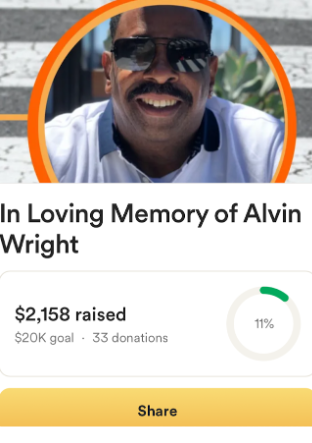Max Stahl, comment editor
“Cannery Row” by John Steinbeck
Published 1945
196 pages
“Cannery Row in Monterey in California is a poem, a stink, a grating noise, a quality of light, a tone, a habit, a nostalgia, a dream. Cannery Row is the gathered and scattered, tin and iron and rust and splintered wood, chipped pavement and weedy lots and junk heaps, sardine canneries of corrugated iron, honky tonks, restaurants and whore houses, and little crowded groceries, and laboratories and flophouses. Its inhabitants are, as the man once said, ‘whores, pimps, gamblers, and sons of bitches,’ by which he meant Everybody. Had the man looked through another peephole he might have said, ‘Saints and angels and martyrs and holy men,’ and he would have meant the same thing.”
I must admit that I am a bit partial toward “Cannery Row”; it was the first Steinbeck novel I read, and for this I bear it a special affinity. “Cannery Row” has influenced my writing and thinking more than any other novel I can think of, partially because I read it relatively early in my intellectual development, but also because it is, simply put, a masterpiece.
The novel weaves together the seldom conflicting motivations of Depression-era Cannery Row’s motley denizens: Lee Chong, the pragmatic but permissive general-store owner; Dora Flood, the well-beloved proprietor of the local bordello; the Mallorys, who live in a boiler that one of the canneries had discarded and rent out similarly discarded pipes to people needing a cheap place to stay; Mack and the boys, penniless slackers living in a former storage building they’ve dubbed the Palace Flophouse; and Doc, the wise, drunken, genial biologist who operates the Western Biological laboratory and whom everyone in Cannery Row adores. There is no main protagonist, although one could argue (as I would) that Mack and Doc are the novel’s central characters. Because there is no single protagonist, the plot does not derive from any individual’s goal. But there is a plot. It is the plot that pits Cannery Row against the world, that pits the poor against the rich and simplicity against complexity. And, as much as Steinbeck’s perspective was rooted in reality (see: “The Grapes of Wrath,” “Of Mice and Men,” “The Winter of Our Discontent”), he was an idealist.
It is the idealism of “Cannery Row,” in fact, that places it among my favorite books. Many authors have set out to convey a message similar to Steinbeck’s, but, in that respect, so few novels succeed the way “Cannery Row” does.
Perhaps it is Steinbeck’s loving description of his setting that makes his themes so convincing. He fills Cannery Row with such richness, such vibrancy, that it is easy to forget that when Steinbeck wrote the novel, the Cannery Row he had known no longer existed, or that today’s Cannery Row is a garish tourist trap emanating from the wonderful Monterey Bay Aquarium. The character design, the brief but potent vignettes, the consistent attention to detail lend credence to the above-quoted passage, which opens the novel. Because the environment feels so real, the themes feel real, too.
Perhaps the answer lies in Steinbeck’s language, which, as in all of his works, remains somehow both lush and spare throughout the novel. Perhaps Steinbeck’s poetic language bears some sort of hypnotic effect on the reader; its beauty is irresistible; it renders the reader suggestible; it trickles into the psyche until nothing exists but it and its message.
“Max,” you shout into the void, “stop being ridiculous!”
OK.
It is difficult to analyze or explain why “Cannery Row” is great, or even what “Cannery Row” is. It’s a novel, a poem, a miracle, an eruption, a moment, a faint hum, a nostalgia, an enigma, a longing, an epiphany, an eternity, a nevermore. Moreover, it is a patch of happiness in Steinbeck’s otherwise somber canon. And that may just be the best thing about it. Every Steinbeck book is beautiful and insightful and cerebral and real and brilliant. “Cannery Row” is all of those things. But it can also make you smile.
Purchase
Available at BHPL and LAPL




























